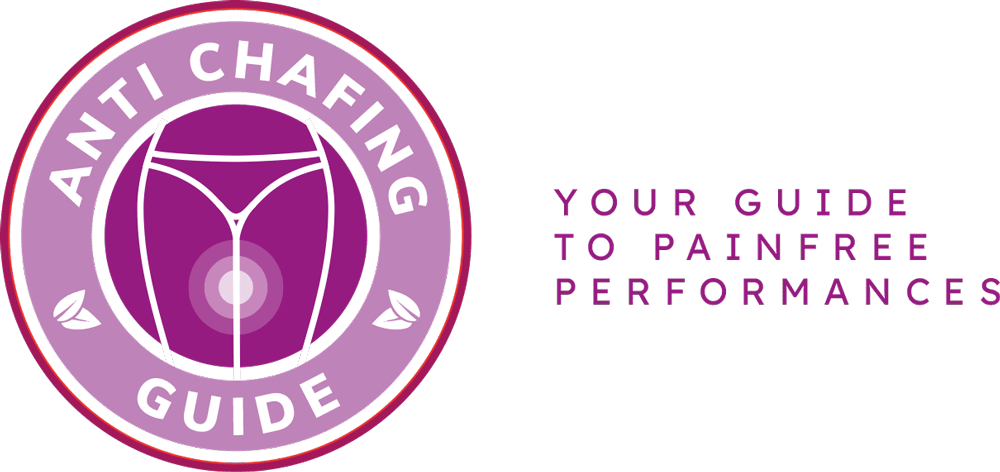Chafing Chronicles: Unveiling the Unsightly Truth – What Does Thigh Chafing Really Look Like?
Thigh chafing is a prevalent and distressing condition that affects countless individuals. It occurs when the skin on the inner thighs rubs against each other, leading to friction and irritation. In this article, we will delve into the appearance and effects of thigh chafing, providing a comprehensive exploration of this uncomfortable condition.
Thigh chafing typically manifests as redness and irritation in the affected area. The constant rubbing of the skin causes inflammation, resulting in a noticeable red hue. This unsightly appearance can be a cause of embarrassment and discomfort for those experiencing it.
Moreover, the pain and discomfort associated with thigh chafing can be quite distressing. The friction between the thighs can lead to soreness, tenderness, and even the formation of blisters and open sores in severe cases. These symptoms can significantly impact one’s daily activities and overall well-being.
Understanding the appearance and effects of thigh chafing is crucial in finding effective preventive and treatment measures. By recognizing the signs and taking proactive steps to mitigate friction, individuals can alleviate the discomfort and regain their confidence.
The Redness and Irritation
Thigh chafing is a common and uncomfortable condition that affects many individuals. One of the telltale signs of thigh chafing is the presence of redness and irritation on the skin. This occurs as a result of the friction that happens when the thighs rub against each other. The constant rubbing can cause the skin to become inflamed and irritated, leading to redness and discomfort.
Thigh chafing can be particularly problematic during hot and humid weather or when engaging in activities that involve a lot of movement, such as walking or running. The friction between the thighs increases in these situations, making the redness and irritation more pronounced. It is important to address thigh chafing as soon as possible to prevent further discomfort and potential complications.
To alleviate the redness and irritation caused by thigh chafing, there are several measures that can be taken. Using a lubricant or anti-chafing balm can help reduce friction and provide a protective barrier for the skin. Wearing loose-fitting clothing made from breathable fabrics can also help minimize friction and promote airflow. Additionally, keeping the affected area clean and dry can aid in the healing process.
In conclusion, thigh chafing can lead to redness and irritation due to the friction between the thighs. Recognizing the signs of thigh chafing is crucial in order to take appropriate measures to alleviate discomfort and promote healing.
Pain and Discomfort
Pain and discomfort are common symptoms experienced by individuals who suffer from thigh chafing. When the skin rubs against itself, friction occurs, leading to irritation and inflammation. This can result in a burning or stinging sensation that can be quite uncomfortable. In some cases, the pain can become so intense that it hinders daily activities and movement.
In severe cases of thigh chafing, blisters and open sores may develop. These painful wounds can be a result of the continuous rubbing and friction between the thighs. The broken skin can become susceptible to infection and may require medical attention to heal properly. It is important to address thigh chafing early on to prevent further complications and discomfort.
To alleviate the pain and discomfort associated with thigh chafing, there are several measures that can be taken. Using a lubricant or anti-chafing cream can help reduce friction and create a protective barrier on the skin. Wearing loose-fitting clothing and avoiding fabrics that can exacerbate chafing, such as rough materials or tight garments, can also provide relief. Additionally, keeping the affected area clean and dry can help prevent infection and promote healing.
| Tips to Relieve Pain and Discomfort: |
|---|
| 1. Apply a generous amount of lubricant or anti-chafing cream to the affected area. |
| 2. Opt for loose-fitting clothing made of breathable fabrics. |
| 3. Avoid activities that may worsen the friction between the thighs. |
| 4. Keep the area clean and dry to prevent infection. |
| 5. Consult a healthcare professional if the pain and discomfort persist or if blisters and open sores develop. |
Remember, thigh chafing can be a painful and uncomfortable condition, but with proper care and precautions, it can be managed effectively. By understanding the causes and symptoms of thigh chafing, you can take proactive steps to prevent and alleviate the pain and discomfort associated with this common issue.
Frequently Asked Questions
- What causes thigh chafing?
Thigh chafing is primarily caused by friction between the thighs, typically occurring during activities like walking, running, or exercising. It is more common in hot and humid weather or when wearing tight clothing.
- How can I prevent thigh chafing?
There are several ways to prevent thigh chafing. One effective method is to apply a lubricant, such as petroleum jelly or anti-chafing balms, to reduce friction. Wearing moisture-wicking and breathable fabrics can also help. Additionally, wearing fitted shorts or using thigh bands can create a barrier between the thighs, reducing friction.
- What are the symptoms of thigh chafing?
The symptoms of thigh chafing include redness, irritation, and tenderness in the inner thigh area. In more severe cases, blisters, open sores, and a burning sensation may occur. It can be uncomfortable and painful, making daily activities challenging.
- How can I treat thigh chafing?
If you experience thigh chafing, it’s important to keep the affected area clean and dry. Applying a soothing cream or ointment, such as aloe vera or zinc oxide, can help alleviate discomfort and promote healing. It’s also recommended to avoid further friction and allow the skin to breathe by wearing loose-fitting clothing.
- When should I seek medical attention for thigh chafing?
In most cases, thigh chafing can be effectively managed at home. However, if the symptoms worsen, the skin becomes infected, or if you develop a fever, it is advisable to seek medical attention. A healthcare professional can provide appropriate treatment and advice.


Keith is originally from Truckton, Colorado. The 54-year-old cared for his overweight wife for many years. Keitch is also a freelance editor at antichafing.net and supports the team as a competent advisor. In his spare time Keith enjoys reading books, visiting his homeland and is a passionate product tester for well-known manufacturers.

